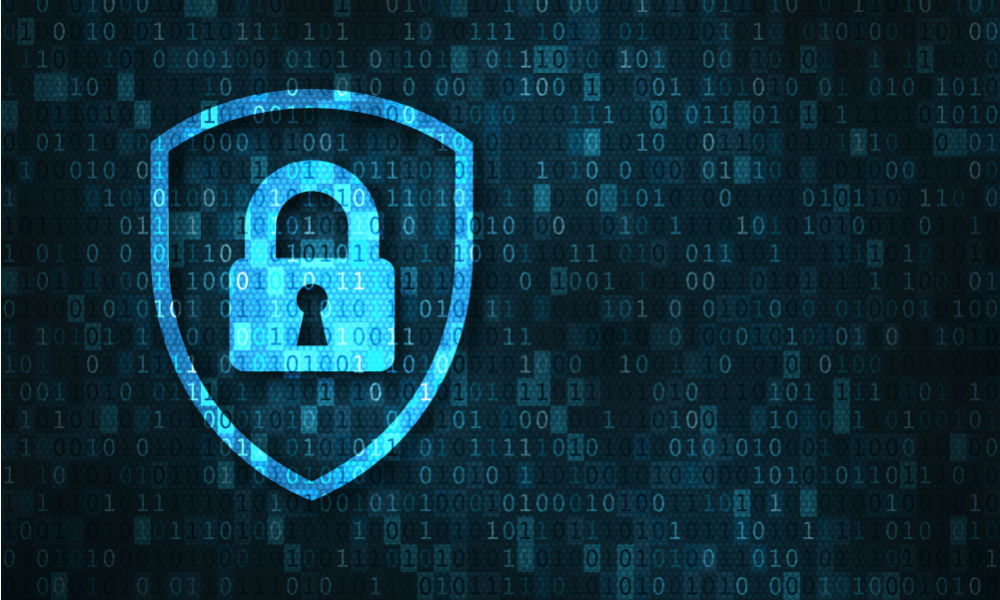As More Data Moves to the Cloud PAM Task Management Addresses New Security Challenges

With the explosion of data being stored and shared in cloud environments, the role of IT teams becomes increasingly complex, and the need for task automation more compelling than ever. Enterprises are including IT task automation across many areas, including Privileged Access Management (PAM), and are adopting related Privileged Task Automation (PTA) related to PAM to address new challenges, including those posed by work-from-home scenarios.
PTA comes down to a series of commands that need the privilege to execute as part of a process and enables IT teams to securely automate and delegate repetitive tasks. PTA automates various steps, so the end-user does not need engineering or programming skills, as administrator credentials are always protected.
The growth of the cloud means more computing in multiple places (public cloud, private cloud, hybrid cloud, and of course, multi-cloud). The diversity can save companies money, while also providing the redundancy and business continuity needed, especially for the most demanding enterprises (financial services, healthcare operations, government agencies, the energy and utility industry, and others).
The growth of mobile devices (and multiple access points for each admin) and the explosion of remote working further complicates the lives of IT administrators, and the only way to truly scale is by using PTA and PAM combined.
We caught up with Orhan Yildirim, CTO of Ironsphere, a security company specializing in PAM on-prem and in the cloud, which also has a mature PTA offering.
“It was time to make the management of privileged credentials and activities easier, not harder,” Orhan Yildirim said. “It makes no sense to have to continue to hire and train more people to take on the volume and velocity of mixed environments, in order to secure an enterprise’s most valuable assets, and ensure their infrastructure continues to function. Adding third-party contractors into the mix has made manual processes even harder, so our clients are implementing PTA and getting great results.”
With a single click, the process is dramatically simplified and made more secure, as a quality implementation makes it possible for the appropriate individuals or systems to perform actions with a set of predefined policies and controls. “We’ve eliminated the need for elevated login credentials, and we’ve locked down access to privileged accounts in a much more intelligent and trusted way. Our clients can run tasks automatically, based on set times and schedules, without human intervention, but with full accountability, as every action is recorded and stored, for compliance and other playback purposes.”
Yildirim explained that with a comprehensive PTA posture, tasks can run against a variety of management interfaces, including HTTP(S), SSH, Telnet, WMI, SQL, and more, including in an API-driven environment, which is where the cloud can be protected and optimized. “It is important to select pre-integrated PTA solutions that support mixed architectures, whether hardware vendors, device vendors, and software ecosystems,” Orhan Yildirim said. “As more business applications are moved to the web, it is also crucial that a unified PTA platform supports web-connected devices, cloud services, web applications, servers, and really any system the IT team is responsible for.”
We asked Orhan Yildirim what the economic benefits are, and he said, “Productivity, error reduction, and avoidance of the risk associated with a fragmented security posture.”
Yildirim also explained the value of PTA in extremely large environments, which Ironsphere has been working in for years (for large mobile operators and communications service providers).
“Service providers and enterprises running large networks are not delegating the right to access network devices to internal users, but instead are delegating a task – for example, the right to run a troubleshoot process - to employees and contractors working in the network. With PAM, service providers and enterprises running large networks are decreasing the attack surface, eliminating hundreds of internal accounts that have access to a network device. With PAM, none of them can access the network directly. They can access only the devices associated with their profile, with zero visibility into network devices/topology/local accounts on devices, and so forth. PTA automates this.”
PTA approaches help to prevent accidental misconfigurations as well, Orhan Yildirim explained. “Normally, when a user is directly connected to a device, he or she may accidentally run a wrong command and cause a service interruption. This happens, and it is not rare! With PTA, it is almost impossible to run a wrong command because users are entering the minimum required input then clicking run. With PTA, commands are executed automatically, without human error.”
Juhi Fadia is an engineer, analyst, researcher and writer covering advanced and emerging technologies.
Edited by Maurice Nagle

